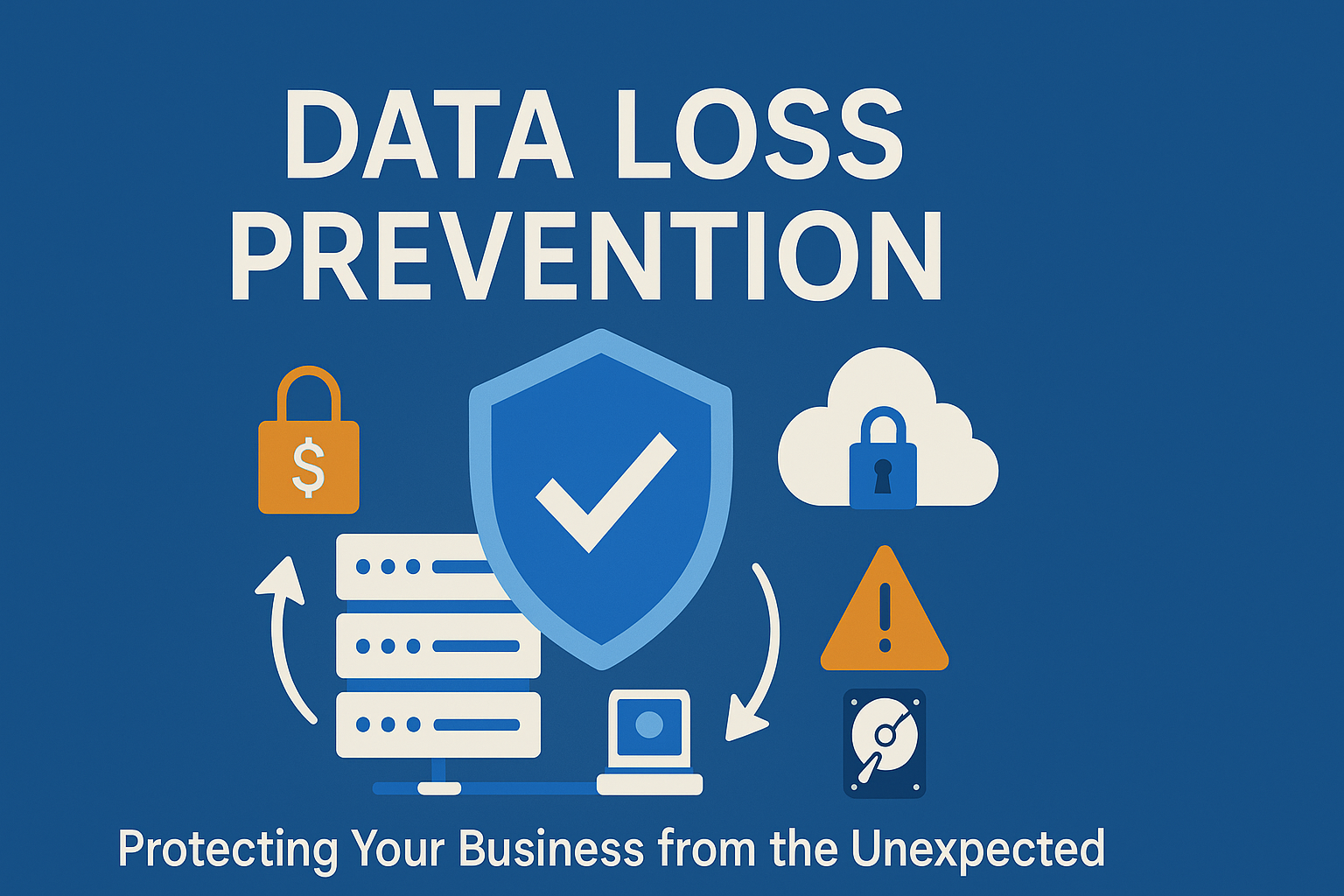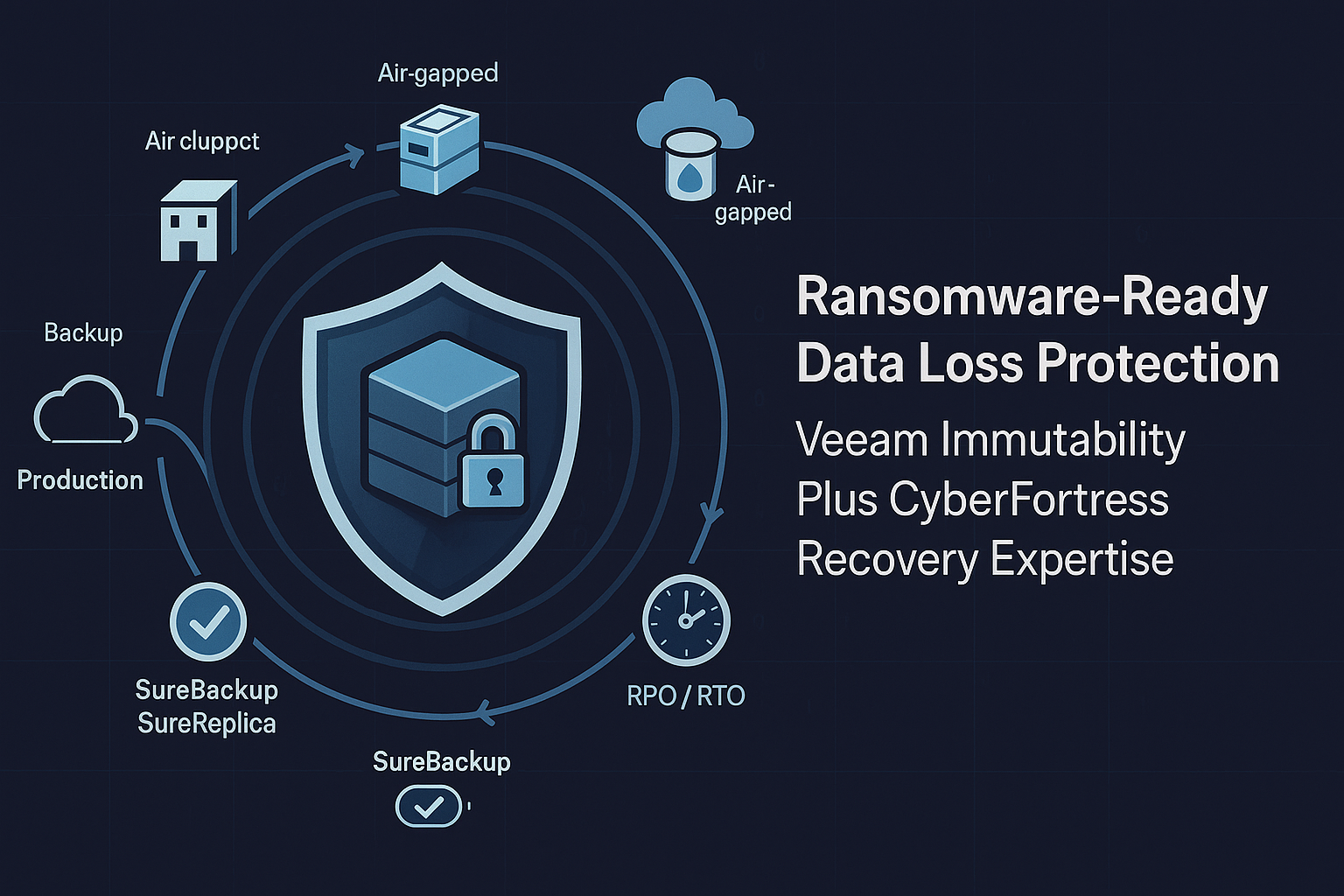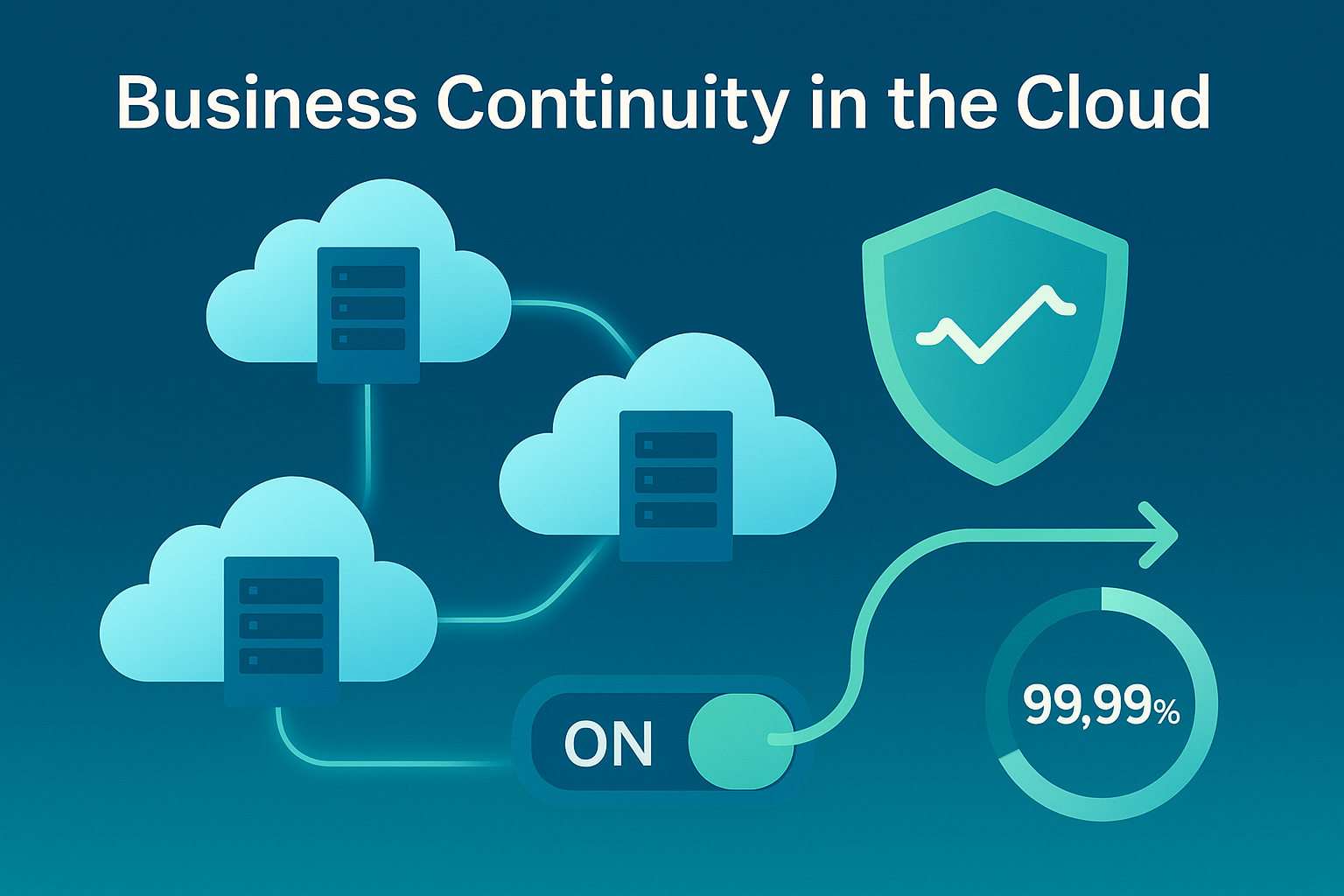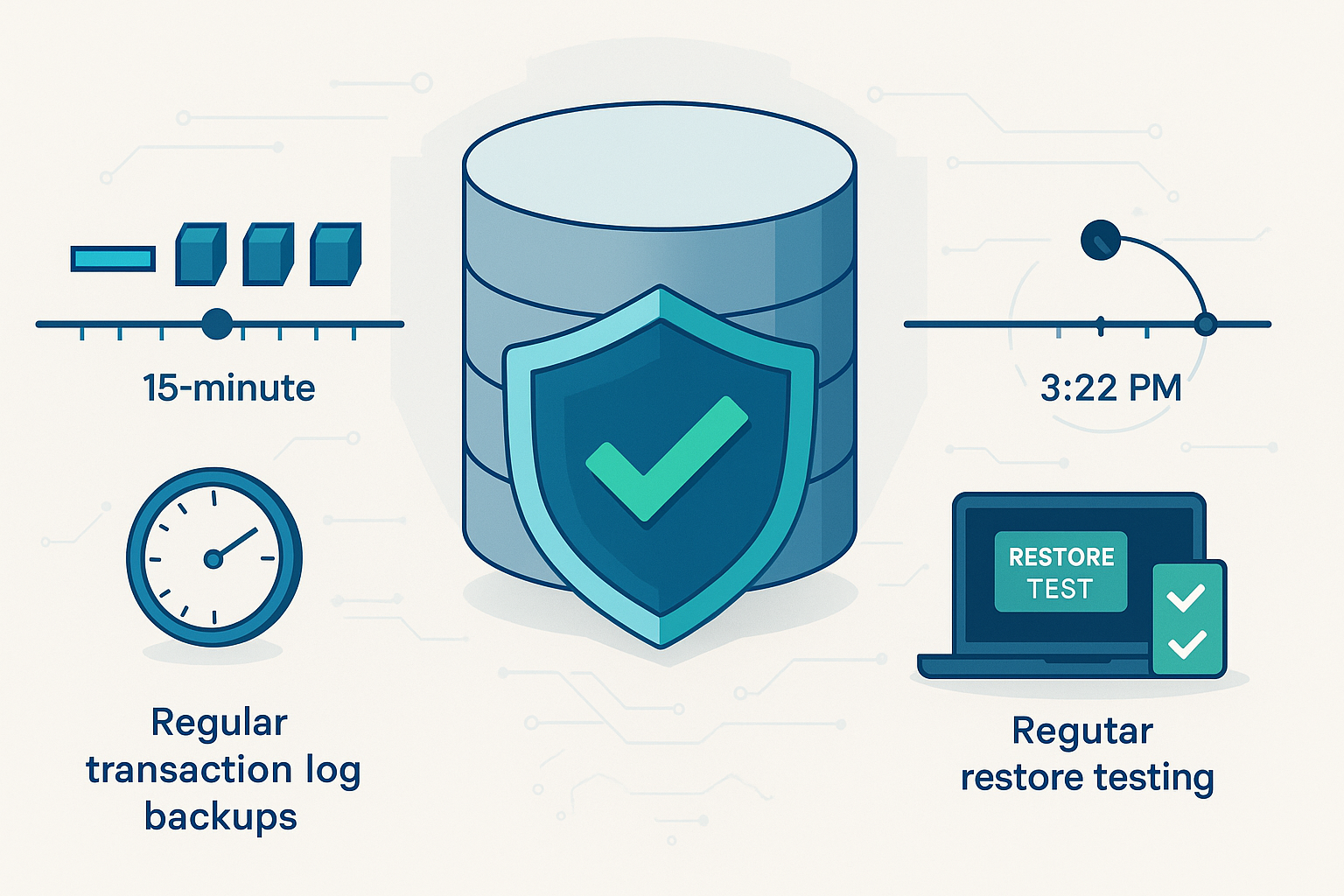DATA PROTECTION TRENDS, NEWS & BACKUP TIPS
What Are RPO and RTO, and Why Do They Matter?

When it comes to keeping your business running smoothly during unexpected hiccups (like server crashes or cyberattacks), two little acronyms can make a big difference: RPO and RTO. Think of them as your disaster recovery compass, helping you navigate how much data you can afford to lose and how quickly you need to bounce back.
Let’s break it down—no jargon, just simple terms!
RPO: How Much Data Can You Afford to Lose?
RPO stands for Recovery Point Objective—fancy words for figuring out how far back you’d be okay going to retrieve your data after an issue. It answers the question: “If the worst happens, how much work or data can we afford to lose?”
Here’s an example:
Imagine you’re running an online store, and you take orders all day. If your RPO is four hours, your backup system ensures that even in a disaster, the most you’ll lose are orders from the last four hours. Any older orders? Safe and sound.
For businesses where every piece of data counts (think hospitals or financial institutions), RPOs might be super short—like a few minutes. But for others, like a small blog, losing a day’s worth of data might not be a big deal.
RTO: How Fast Do You Need to Recover?
RTO, or Recovery Time Objective, is all about speed. It’s your deadline for getting everything up and running again. The question here is: “How long can we afford to be offline?”
Let’s say you’re running a coffee shop and your point-of-sale system goes down. An RTO of two hours means your backup and recovery plan must get things fixed within two hours, or you risk losing customers (and sales).
For some industries, like emergency services, downtime isn’t an option—RTOs are super tight. For others, like an online hobby shop, a day of downtime might not be the end of the world.
Why RPO and RTO Are Like Peanut Butter and Jelly
RPO and RTO go hand in hand. RPO tells you how much data you’re okay losing, while RTO tells you how quickly you need your systems back. Together, they help you design the right disaster recovery plan for your business.
Here’s the catch: the shorter your RPO and RTO, the more resources (a.k.a. $$$) you’ll need. Daily backups are cheaper than real-time backups, and getting back online in an hour costs more than doing it in a day. It’s all about balancing what’s realistic with what’s necessary.
Building a Solid Plan: Start Here
Think About What Matters Most
What’s critical for your business? Is it keeping your website live? Protecting customer data? Make a list and prioritize.
1. Pick Your RPO and RTO Goals
For each system, decide how much data loss is okay (RPO) and how quickly you need it back (RTO). Spoiler alert: not everything will need the same level of protection.
2. Test, Test, Test!
Don’t wait for disaster to strike. Run a few “what if” scenarios to make sure your recovery plan actually works. Think of it as a fire drill for your data.
3. Invest Wisely
Not every business needs a super high-tech solution. There are affordable tools for backing up data and automating recovery. The trick is finding one that fits your needs (and budget).
Why It Matters
Imagine losing all your customer data or being offline for days. For some, that could mean lost revenue; for others, it could be a complete shutdown. Setting RPO and RTO goals isn’t just about saving data—it’s about saving your business.
So, the next time you’re reviewing your backup plan (or even just setting one up), ask yourself:
“How much can we afford to lose, and how fast do we need to recover?”
With the right RPO and RTO, you’ll sleep better knowing your business can handle whatever comes its way.
👉 Are your RTOS and RPOS aligned with your business needs? Don’t wait for a disaster to find out!
Contact us today to assess your recovery strategy and safeguard your operations.






